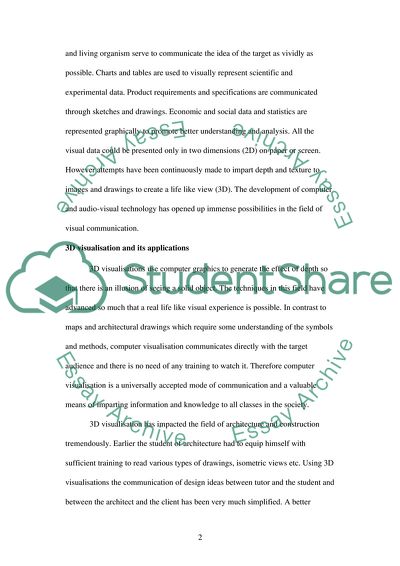Cite this document
(3D Visualisation and Physical Model Making: a Comparative Study Essay Example | Topics and Well Written Essays - 3250 words, n.d.)
3D Visualisation and Physical Model Making: a Comparative Study Essay Example | Topics and Well Written Essays - 3250 words. https://studentshare.org/design-technology/1855279-is-using-3d-visualisation-better-than-using-physical-model-making
3D Visualisation and Physical Model Making: a Comparative Study Essay Example | Topics and Well Written Essays - 3250 words. https://studentshare.org/design-technology/1855279-is-using-3d-visualisation-better-than-using-physical-model-making
(3D Visualisation and Physical Model Making: A Comparative Study Essay Example | Topics and Well Written Essays - 3250 Words)
3D Visualisation and Physical Model Making: A Comparative Study Essay Example | Topics and Well Written Essays - 3250 Words. https://studentshare.org/design-technology/1855279-is-using-3d-visualisation-better-than-using-physical-model-making.
3D Visualisation and Physical Model Making: A Comparative Study Essay Example | Topics and Well Written Essays - 3250 Words. https://studentshare.org/design-technology/1855279-is-using-3d-visualisation-better-than-using-physical-model-making.
“3D Visualisation and Physical Model Making: A Comparative Study Essay Example | Topics and Well Written Essays - 3250 Words”. https://studentshare.org/design-technology/1855279-is-using-3d-visualisation-better-than-using-physical-model-making.


